
 Letting his feet breathe
Letting his feet breathe Man by fire with visions in his head
Man by fire with visions in his head A Descendant of the Prophet
A Descendant of the Prophet A Guardian of the Temple
A Guardian of the Temple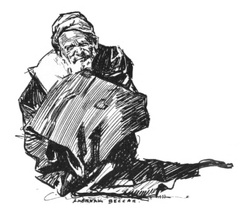 A Karnak Beggar
A Karnak Beggar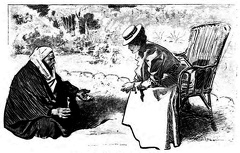 A Bargain in the Ghezireh Gardens
A Bargain in the Ghezireh Gardens A Dealer in Antiquities
A Dealer in Antiquities The Sheik of the Pyramids
The Sheik of the Pyramids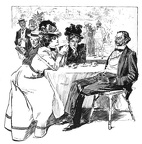 The man who has ‘been there before
The man who has ‘been there before Shopping
Shopping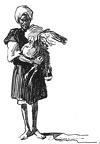 Our Christmas Dinner, Esneh, December 23
Our Christmas Dinner, Esneh, December 23 Salem Ghesiri Dragoman
Salem Ghesiri Dragoman A walk in the Tuileries Gardens
A walk in the Tuileries Gardens 1797
1797 1806
1806 1807
1807 1802
1802 1801
1801 1797
1797 1797
1797 The Perron of the Palais-Royal
The Perron of the Palais-Royal Men of the Middle and Higher Classes
Men of the Middle and Higher Classes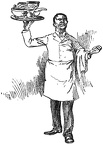 The Waiter
The Waiter The Huckster
The Huckster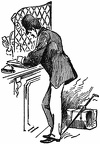 The Guest Registering
The Guest Registering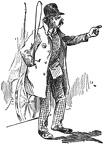 The Guileless Hackman
The Guileless Hackman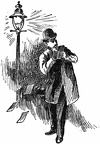 The Compiler at Work
The Compiler at Work Satellites of the Tiger
Satellites of the Tiger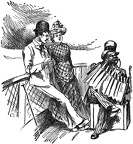 On the Water
On the Water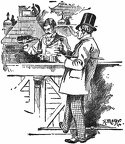 Harvey’s 'Wayside Inn"
Harvey’s 'Wayside Inn"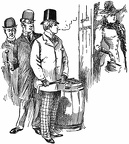 At the Stage Entrance
At the Stage Entrance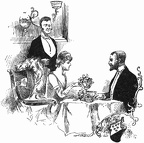 A Petit Souper
A Petit Souper It’s P. E.!
It’s P. E.! They looked very terrible, all painted with the lower half of the face black
They looked very terrible, all painted with the lower half of the face black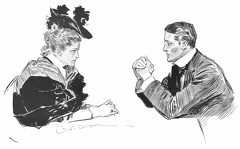 Man and Woman
Man and Woman Drunk with bottle
Drunk with bottle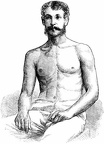 A warped University Oarsman, imperfectly developed in Muscles not used in Rowing
A warped University Oarsman, imperfectly developed in Muscles not used in Rowing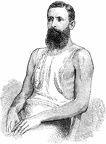 A warped Professional Sculler, imperfectly developed in Muscles not used in Rowing
A warped Professional Sculler, imperfectly developed in Muscles not used in Rowing 1806
1806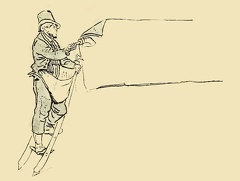 Banner
Banner A Spanish Flagellant
A Spanish Flagellant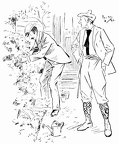 Brother Brushes
Brother Brushes Brother Brushes
Brother Brushes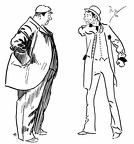 Costers and Cockneys
Costers and Cockneys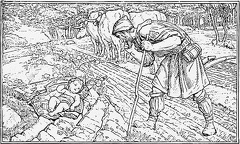 The finding of the infant St. George
The finding of the infant St. George An Odd Volume
An Odd Volume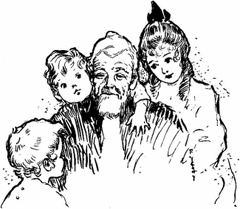 Three girls and an old man
Three girls and an old man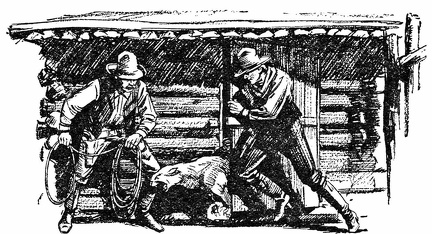 Catching The Cougar
Catching The Cougar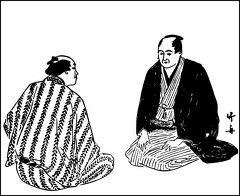 Queues
Queues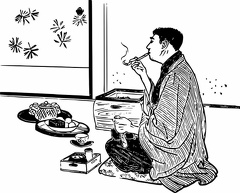 A Visitor
A Visitor Man drinking
Man drinking Man seated sideways on a chair
Man seated sideways on a chair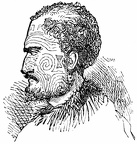 A New Zealander
A New Zealander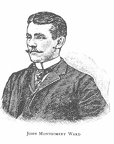 John Montgomery Ward
John Montgomery Ward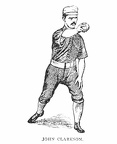 John Clarkson
John Clarkson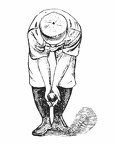 Catching a ground ball
Catching a ground ball Ball hit high to the in-field
Ball hit high to the in-field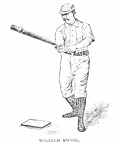 William Ewing
William Ewing The Catcher
The Catcher Lord Lyndhurst
Lord Lyndhurst



